ADT 2007 Annual Report Download - page 49
Download and view the complete annual report
Please find page 49 of the 2007 ADT annual report below. You can navigate through the pages in the report by either clicking on the pages listed below, or by using the keyword search tool below to find specific information within the annual report.-
 1
1 -
 2
2 -
 3
3 -
 4
4 -
 5
5 -
 6
6 -
 7
7 -
 8
8 -
 9
9 -
 10
10 -
 11
11 -
 12
12 -
 13
13 -
 14
14 -
 15
15 -
 16
16 -
 17
17 -
 18
18 -
 19
19 -
 20
20 -
 21
21 -
 22
22 -
 23
23 -
 24
24 -
 25
25 -
 26
26 -
 27
27 -
 28
28 -
 29
29 -
 30
30 -
 31
31 -
 32
32 -
 33
33 -
 34
34 -
 35
35 -
 36
36 -
 37
37 -
 38
38 -
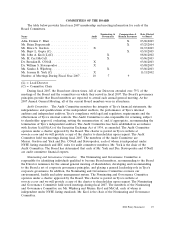 39
39 -
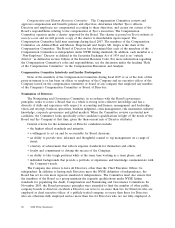 40
40 -
 41
41 -
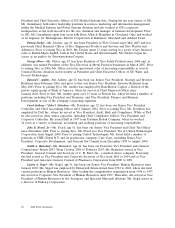 42
42 -
 43
43 -
 44
44 -
 45
45 -
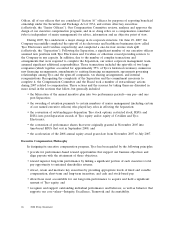 46
46 -
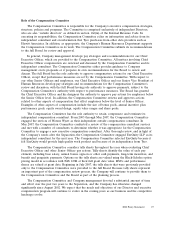 47
47 -
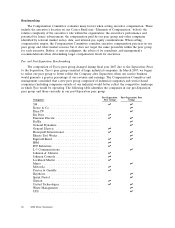 48
48 -
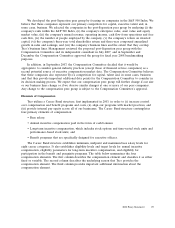 49
49 -
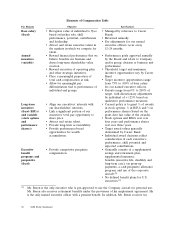 50
50 -
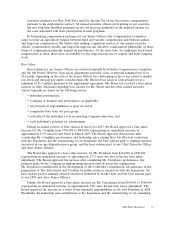 51
51 -
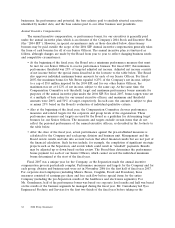 52
52 -
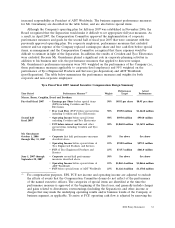 53
53 -
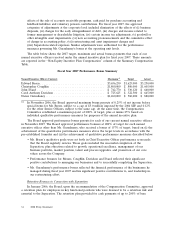 54
54 -
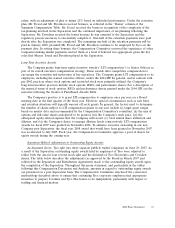 55
55 -
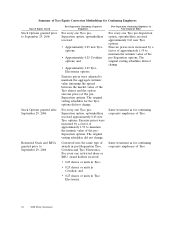 56
56 -
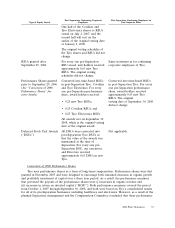 57
57 -
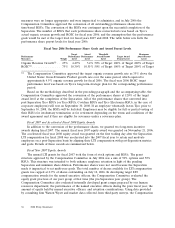 58
58 -
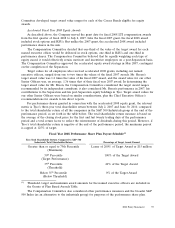 59
59 -
 60
60 -
 61
61 -
 62
62 -
 63
63 -
 64
64 -
 65
65 -
 66
66 -
 67
67 -
 68
68 -
 69
69 -
 70
70 -
 71
71 -
 72
72 -
 73
73 -
 74
74 -
 75
75 -
 76
76 -
 77
77 -
 78
78 -
 79
79 -
 80
80 -
 81
81 -
 82
82 -
 83
83 -
 84
84 -
 85
85 -
 86
86 -
 87
87 -
 88
88 -
 89
89 -
 90
90 -
 91
91 -
 92
92 -
 93
93 -
 94
94 -
 95
95 -
 96
96 -
 97
97 -
 98
98 -
 99
99 -
 100
100 -
 101
101 -
 102
102 -
 103
103 -
 104
104 -
 105
105 -
 106
106 -
 107
107 -
 108
108 -
 109
109 -
 110
110 -
 111
111 -
 112
112 -
 113
113 -
 114
114 -
 115
115 -
 116
116 -
 117
117 -
 118
118 -
 119
119 -
 120
120 -
 121
121 -
 122
122 -
 123
123 -
 124
124 -
 125
125 -
 126
126 -
 127
127 -
 128
128 -
 129
129 -
 130
130 -
 131
131 -
 132
132 -
 133
133 -
 134
134 -
 135
135 -
 136
136 -
 137
137 -
 138
138 -
 139
139 -
 140
140 -
 141
141 -
 142
142 -
 143
143 -
 144
144 -
 145
145 -
 146
146 -
 147
147 -
 148
148 -
 149
149 -
 150
150 -
 151
151 -
 152
152 -
 153
153 -
 154
154 -
 155
155 -
 156
156 -
 157
157 -
 158
158 -
 159
159 -
 160
160 -
 161
161 -
 162
162 -
 163
163 -
 164
164 -
 165
165 -
 166
166 -
 167
167 -
 168
168 -
 169
169 -
 170
170 -
 171
171 -
 172
172 -
 173
173 -
 174
174 -
 175
175 -
 176
176 -
 177
177 -
 178
178 -
 179
179 -
 180
180 -
 181
181 -
 182
182 -
 183
183 -
 184
184 -
 185
185 -
 186
186 -
 187
187 -
 188
188 -
 189
189 -
 190
190 -
 191
191 -
 192
192 -
 193
193 -
 194
194 -
 195
195 -
 196
196 -
 197
197 -
 198
198 -
 199
199 -
 200
200 -
 201
201 -
 202
202 -
 203
203 -
 204
204 -
 205
205 -
 206
206 -
 207
207 -
 208
208 -
 209
209 -
 210
210 -
 211
211 -
 212
212 -
 213
213 -
 214
214 -
 215
215 -
 216
216 -
 217
217 -
 218
218 -
 219
219 -
 220
220 -
 221
221 -
 222
222 -
 223
223 -
 224
224 -
 225
225 -
 226
226 -
 227
227 -
 228
228 -
 229
229 -
 230
230 -
 231
231 -
 232
232 -
 233
233 -
 234
234 -
 235
235 -
 236
236 -
 237
237 -
 238
238 -
 239
239 -
 240
240 -
 241
241 -
 242
242 -
 243
243 -
 244
244 -
 245
245 -
 246
246 -
 247
247 -
 248
248 -
 249
249 -
 250
250 -
 251
251 -
 252
252 -
 253
253 -
 254
254 -
 255
255 -
 256
256 -
 257
257 -
 258
258 -
 259
259 -
 260
260 -
 261
261 -
 262
262 -
 263
263 -
 264
264 -
 265
265 -
 266
266 -
 267
267 -
 268
268 -
 269
269 -
 270
270 -
 271
271 -
 272
272 -
 273
273 -
 274
274
 |
 |
We developed the post-Separation peer group by focusing on companies in the S&P 500 Index. We
believe that these companies represent our primary competitors for capital, executive talent and, in
some cases, business. We selected the companies in the post-Separation peer group by analyzing (i) the
company’s rank within the S&P 500 Index, (ii) the company’s enterprise value, asset value and equity
market value, (iii) the company’s annual revenue, operating income, cash flow from operations and free
cash flow, (iv) the number of people employed by the company, (v) the company’s return on invested
capital, (vi) the company’s three-year total shareholder return and three-year compound annualized
growth in sales and earnings, and (vii) the company’s business lines and the extent that they overlap
Tyco’s business lines. Management reviewed the proposed post-Separation peer group with the
Compensation Committee and its independent consultant in July 2007, and in September and
December the Compensation Committee approved the group for fiscal year 2008 benchmarking
purposes.
In addition, in September 2007, the Compensation Committee decided that it would be
appropriate to consider general industry practices (except those of financial service companies) as a
second potential source of executive compensation market data. The Compensation Committee believes
that these companies also represent Tyco’s competition for capital, talent and, in some cases, business;
and that they provide important additional data points for the Compensation Committee to consider in
its decision making process. We expect that our compensation peer group will further change if our size
or our business lines change or if we observe similar changes at one or more of our peer companies.
Any change to the compensation peer group is subject to the Compensation Committee’s approval.
Elements of Compensation
Tyco utilizes a Career Band structure, first implemented in 2003, in order to (i) increase control
over compensation and benefit programs and costs, (ii) align our programs with market practices, and
(iii) provide internal pay equity across all of our businesses. The Career Band structure contemplates
four primary elements of compensation:
• Base salary;
• Annual incentive compensation paid in the form of cash bonuses;
• Long-term incentive compensation, which includes stock options and time-vested stock units and
performance-based stock units; and
• Benefit programs that are specifically designed for executive officers.
The Career Band structure establishes minimum, midpoint and maximum base salary levels for
eight career categories. It also establishes eligibility levels and target levels for annual incentive
compensation, eligibility parameters for long-term incentive compensation, and eligibility for
participation in the benefit and perquisite programs. The table below summarizes the four
compensation elements. The first column describes the compensation element and classifies it as either
fixed or variable. The second column describes the underlying reason that Tyco provides the
compensation element. The third column provides important additional information about the
compensation element.
2008 Proxy Statement 29
